Discover 20 hidden attractions, cool sights, and unusual things to do in Chiltern Hills (United Kingdom). Don't miss out on these must-see attractions: Lambridge Wood, Shardeloes, and Cholesbury Manor House. Also, be sure to include St Mary the Virgin in your itinerary.
Below, you can find the list of the most amazing places you should visit in Chiltern Hills (England).
Table of Contents
Lambridge Wood
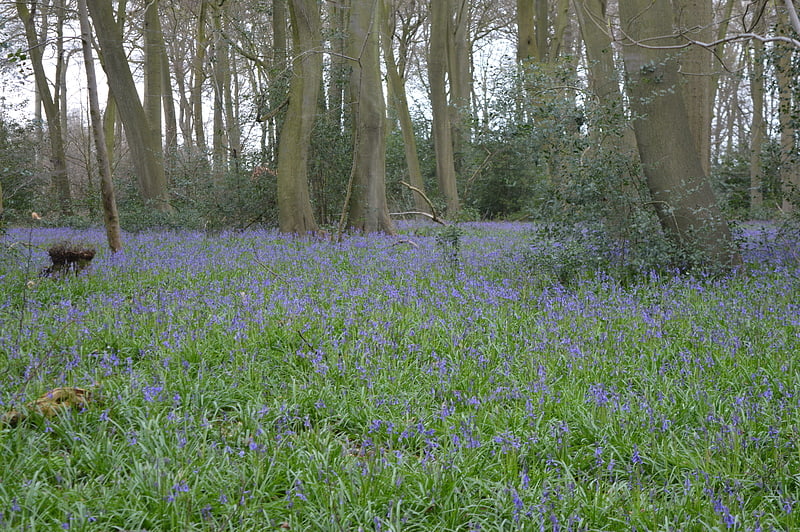
Lambridge Wood is a 73.8 hectare biological Site of Special Scientific Interest north-west of Henley-on-Thames in Oxfordshire. It is in the Chilterns Area of Outstanding Natural Beauty.
Soil types in the wood vary from calcareous to very acid. The main trees are beech, and other trees include oak, ash and wych elm. The understorey in mainly bramble, and in some areas bracken.
Access routes include a footpath from Henley through Badgemore Park Golf Club.[1]
Shardeloes
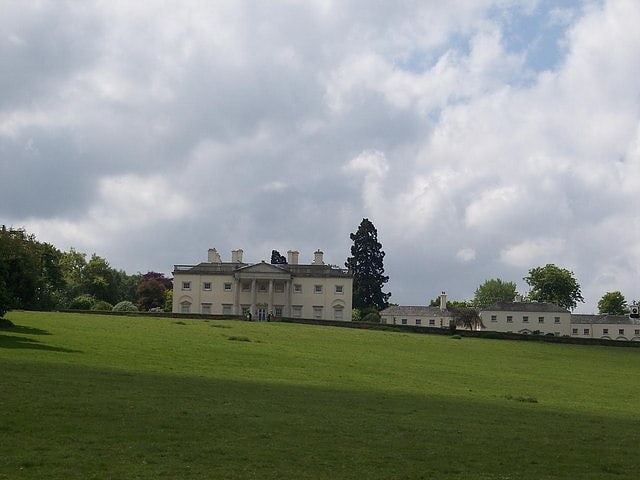
Building in England. Shardeloes is a large 18th-century country house located one mile west of Amersham in Buckinghamshire, England, UK. A previous manor house on the site was demolished and the present building constructed between 1758 and 1766 for William Drake, Sr. the Member of Parliament for Amersham. Shardeloes is a Grade I listed building.[2]
Cholesbury Manor House
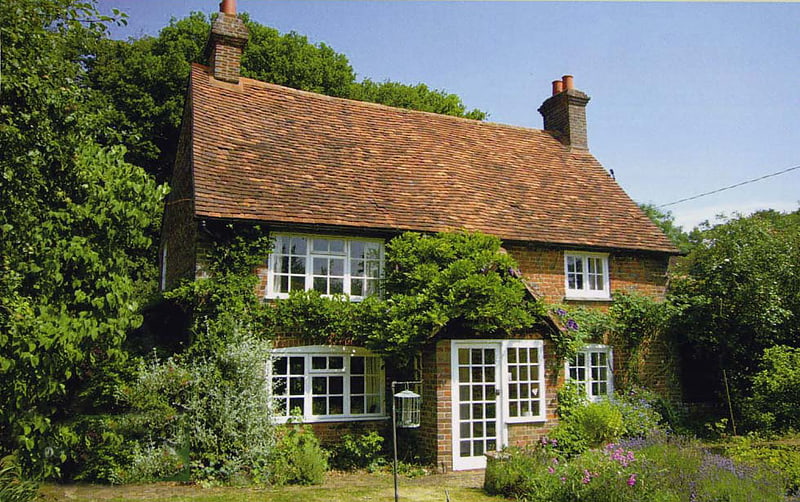
Building in England. Cholesbury Manor House which is close to the centre of Cholesbury, Buckinghamshire is where the Lord of the Manor held his Court periodically between 1599 and 1607. The building dates back to the end of the 16th century. It is a Grade II Listed Building.[3]
St Mary the Virgin
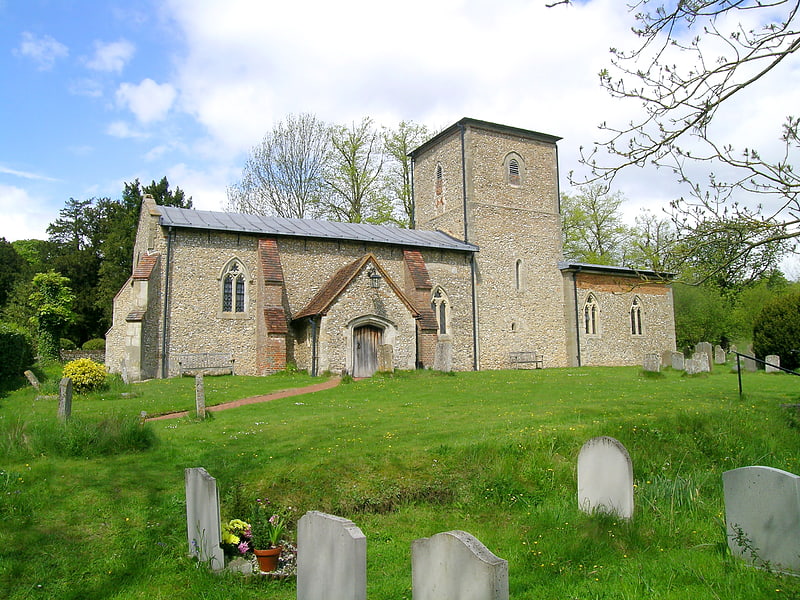
Church in England. St Mary the Virgin is the parish church of Radnage in Buckinghamshire, situated towards the northeastern edge of the village. The church is part of the West Wycombe benefice, the building is Grade 1 listed.[4]
Ewelme Watercress Beds
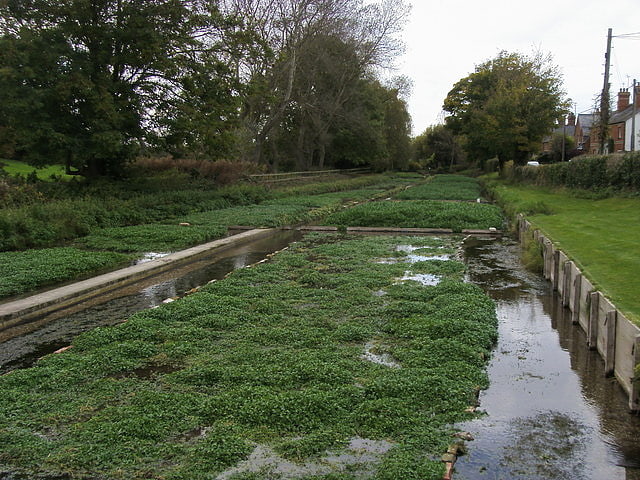
Ewelme Watercress Beds is a 2.6-hectare Local Nature Reserve in Ewelme in Oxfordshire. It is owned and managed by the Chiltern Society.
A stream runs through these former watercress beds, fed by a spring. Wildlife includes water voles, together with diverse invertebrates and plants.[5]
Jones' Hill Wood
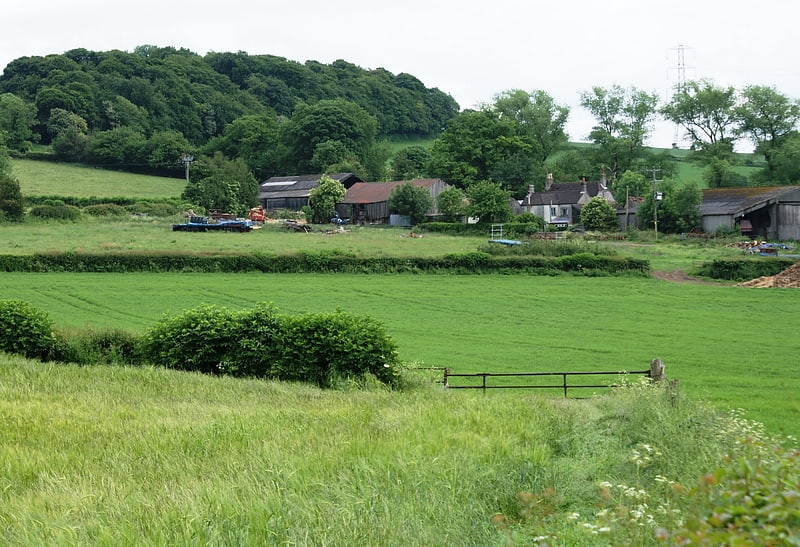
Jones' Hill Wood is a 1.8-hectare piece of ancient woodland near Wendover in Buckinghamshire, south England. Formed mainly of beech trees, the wood is part of the Chiltern Hills Area of Outstanding Natural Beauty. Almost half of the wood is planned to be chopped down to make way for the route of High Speed 2 and the topsoil will be translocated. In October 2020, a protest camp was evicted.[6]
Rotherfield Greys Castle
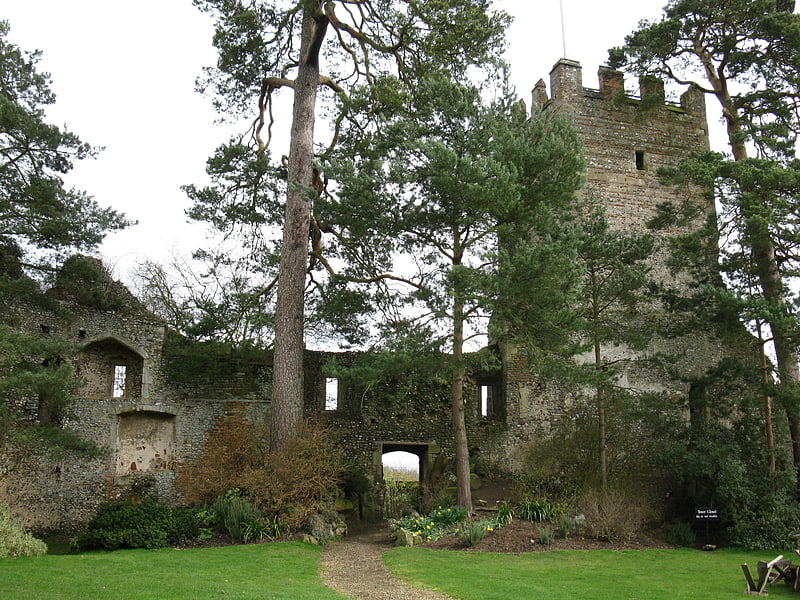
Rotherfield Greys Castle, initially known as Retherfield Castle, is a 14th century fortified manor house built in Rotherfield Greys, Oxfordshire. Only the ruins of a single tower and a section of curtain wall survives, of which is associated with Greys Court, a Tudor country house. The castle is owned by the National Trust.[7]
Barton Hills
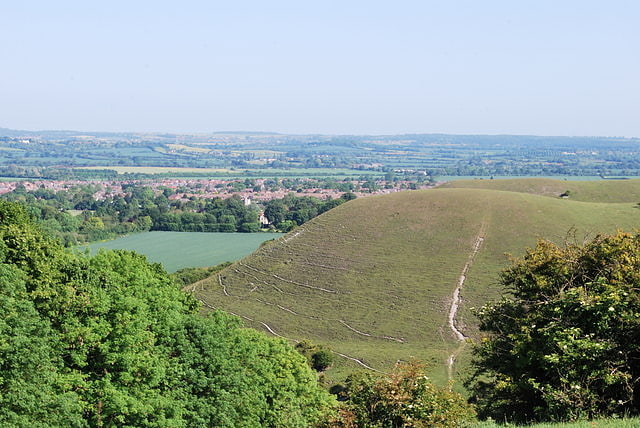
Barton Hills are situated southeast of the village of Barton-le-Clay in the English county of Bedfordshire. They are part of the Chilterns and hiking routes are marked on maps at the entrance to the hills. From the foot of the hillside, a spring marks the start of a chalk stream river. During the summer, Dartmoor ponies roam the hills.[8]
Sallowsprings

Sallowsprings is a 1.3 hectare nature reserve in Whipsnade in Bedfordshire. It is managed by the Wildlife Trust for Bedfordshire, Cambridgeshire and Northamptonshire.
This site was formerly a caravan park, and it is now a traditional hay meadow. A rich variety of flowers includes common knapweed, bluebells and cowslips. An ancient hedgerow has a variety of shrubs such as holly.
There is access from the road called Sallowsprings.[9]
Moulsford Railway Bridge
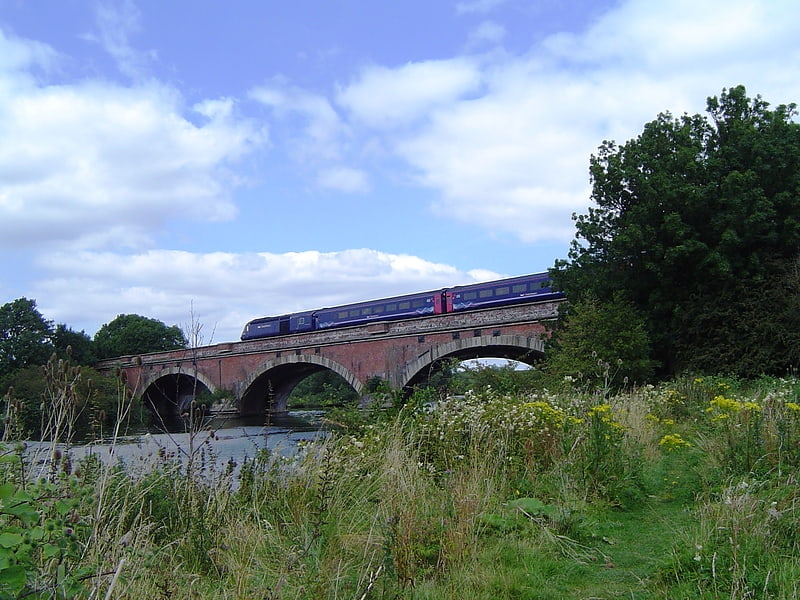
Bridge. Moulsford Railway Bridge, also known locally as "Four Arches" bridge, is a pair of parallel bridges located a little to the north of Moulsford and South Stoke in Oxfordshire, UK. It carries the Great Western Main Line from Paddington, London to Wales and the West across the River Thames. The bridge lies between the stations at Goring & Streatley and Cholsey, and crosses the Thames at an oblique angle on the reach between Cleeve Lock and Benson Lock.
The original Moulsford Railway Bridge was built between 1838 and 1840, having been designed by Isambard Kingdom Brunel for the main trunk route of the Great Western Railway. Built to carry a pair of broad gauge tracks across the Thames, it consists of four low semi-elliptical arches spanning the Thames at a considerably skewed angle of 60 degrees. During the 1890s, a second bridge was built immediately parallel to the original structure, enabling the railway to be expanded to a quadruple track configuration. The bridge was subsequently recognised as a Grade II* listed structure. During the 2010s, the lines across the structure were electrified[10]
Hawridge Windmill

Hawridge Windmill which is also known as Cholesbury Windmill is a disused tower mill in Hawridge, Buckinghamshire. The mill was constructed on the site of an earlier smock mill and became a private residence in 1913 when the first occupier, the writer Gilbert Cannan used it as a studio.[11]
Rodbed Wood
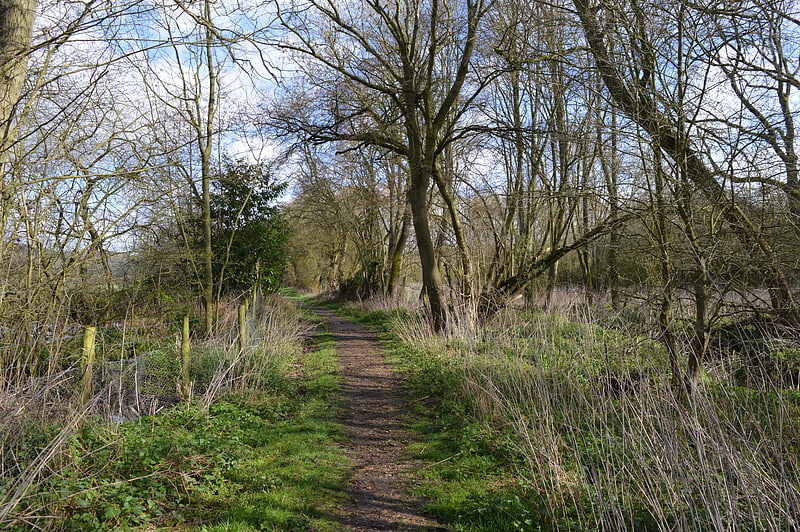
Rodbed Wood is a 2.2 hectare biological Site of Special Scientific Interest in Medmenham in Buckinghamshire. It is in the Chilterns Area of Outstanding Natural Beauty.
The site is wet willow and alder woodland close to the River Thames, fed by a ditch from neighbouring water meadows. The understorey has blackthorn, hawthorn and guelder rose. There is a diverse flora, including the nationally rare summer snowflake. There is a varied bird population and rich invertebrate fauna.
The site is private land, but it is crossed by a public footpath from the A4155 road to the river.[12]
Watlington and Pyrton Hills
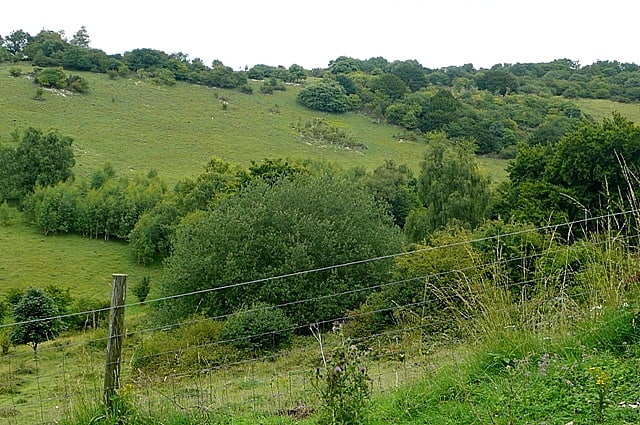
Watlington and Pyrton Hills is a 112.7-hectare biological Site of Special Scientific Interest east of Watlington in Oxfordshire. An area of 1.6 hectares is Watlington Chalk Pit, which is a Local Nature Reserve.
This site has floristically diverse chalk grassland, chalk scrub, broadleaved woodland and yew woodland. Watlington Hill has short turf which is grazed by rabbits, with flowering plants including yellow-wort, dropwort, horseshoe vetch, squinancywort and the nationally rare candytuft.[13]
Aston Clinton Ragpits
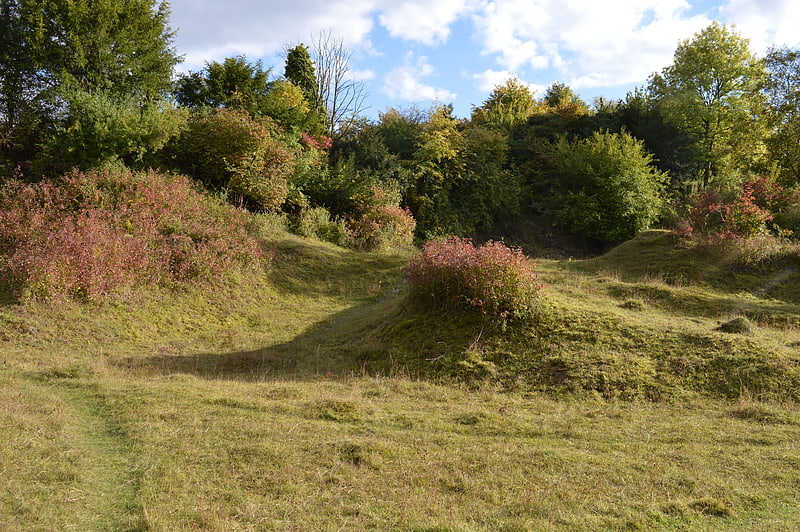
Nature preserve in Aston Clinton, England. Aston Clinton Ragpits is a 2.9 hectare biological Site of Special Scientific Interest in Aston Clinton in Buckinghamshire. It is a former chalk quarry, which is now a nature reserve managed by the Berkshire, Buckinghamshire and Oxfordshire Wildlife Trust. It is in the Chilterns Area of Outstanding Natural Beauty.
This grassland site has steeply sloping old pits and spoil heaps, with a rich assembly of shrubs, herbs and invertebrates, including twenty-seven butterfly species. There is some mature woodland with beech, yew, ash and whitebeam, together with a hedge and areas of scrub. There are eight orchid species.
There is access from St Leonards Road close to its junction with Upper Icknield Way.[14]
Prestwood Local Nature Reserve
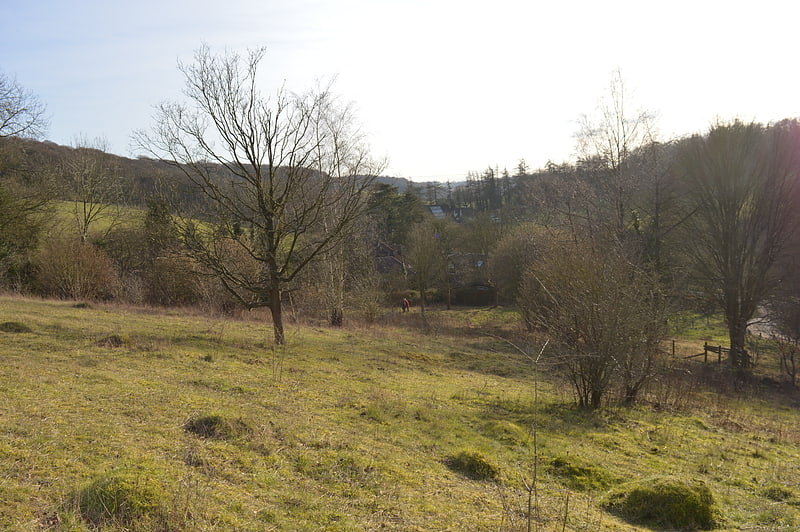
Prestwood Local Nature Reserve or Prestwood is a 2.1 hectares Local Nature Reserve in Prestwood in Buckinghamshire. It is in the Chilterns Area of Outstanding Natural Beauty. The site is owned by Wycombe District Council and leased to the Chiltern Society.
The site was a dump for motor vehicles until 1976, when it was acquired by Wycombe Council. The Chiltern Society took over the management in 2013. It is steeply sloping chalk grassland with a diverse range of species, including birds such bullfinches, blackcaps and garden warblers, are butterflies such as dingy, grizzled skippers and green hairstreaks.
There is a car park for the site and picnic tables off Hampden Road near Perks Lane.[15]
Turville Hill

Turville Hill is a 22.4 hectare biological Site of Special Scientific Interest in Turville in Buckinghamshire. It is in the Chilterns Area of Outstanding Natural Beauty. Cobstone Windmill, also known as Turville Windmill, is located at the top.
This is a steeply sloping hill, which is a fine example of grazed chalk grassland in the southern Buckinghamshire Chilterns. There is a wide variety of plants, some of which provide food for the larvae of important butterflies on the site. Two butterflies are rare, the silver spotted skipper and the Adonis blue. Another rare invertebrate is the orange clearwing moth.
There are footpaths across the hill from Turville, but the windmill is private property.[16]
Aldbury Nowers
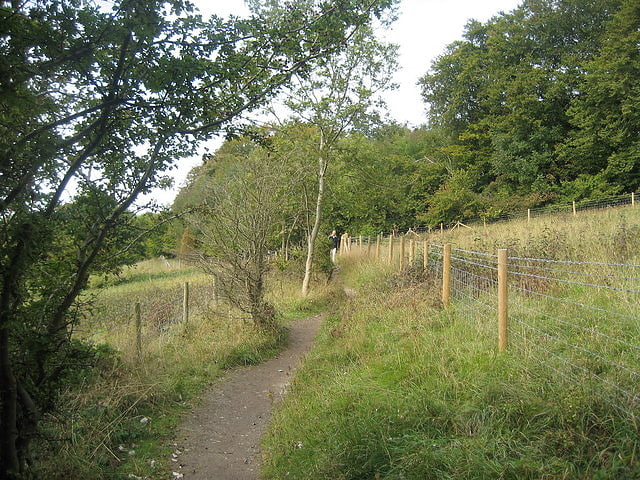
Nature preserve in England. Aldbury Nowers is a 19.7 hectares biological Site of Special Scientific Interest in the Chiltern Hills, north-east of Tring in Hertfordshire. The site was notified in 1990 under the Wildlife and Countryside Act 1981. It is managed by the Hertfordshire and Middlesex Wildlife Trust. The site, formerly known as "Duchie's Piece," comprises two areas of hillside, linked by The Ridgeway. The calcareous meadow element of the site hosts the flowers of chalk grassland and has butterfly habitats with thirty-four different species of butterfly recently recorded, including the Duke of Burgundy, hairstreaks and the Essex skipper. The site also includes a "beech hanger", a type of upland ancient woodland, and is considered one of the best examples of this feature in Hertfordshire.
Archaeological features on the site are two sections of Grim's Ditch, part of a 30-kilometre (19 mi) linear earthwork thought to originate in the Iron Age, and two bowl barrows, from either the Late Neolithic or the Bronze Age periods.
Northwest of the village of Aldbury, it adjoins the Pitstone Hill SSSI in Buckinghamshire and provides views over the Tring Gap and Vale of Aylesbury.
The site is always open and there is access by a footpath from Northfield Road.[17]
Pavis Wood

Summit in England. Pavis Wood is an area of woodland on a hill located near Hastoe in Tring, north-western Hertfordshire, England. A point on its eastern slopes is the highest point in the county of Hertfordshire at 244 m. The area is often considered as ancient woodland containing a wide variety of plants such as the yellow pimpernel and wood melick. A bridleway crosses the woodland which can be accessed throughout the year as well as the Ridgeway National Trail which is dominated mainly by beech, oak and ash.
The summit plateau lies less than 4.8 kilometres (3 mi) from the border of Buckinghamshire and part of the Aylesbury Vale which contains the Buckinghamshire county top Haddington Hill 267 metres (876 ft). It is linked to Haddington Hill by a high ridge which gives this hill a mere 5 metres (16 ft) of relative height.
The summit area is unmarked and is difficult to determine, as is Haddington Hill's summit in Wendover Woods.[18]
Oakley Hill nature reserve

Nature reserve in England. Oakley Hill is a 13-hectare nature reserve south of Chinnor in Oxfordshire, England. It is managed by the Berkshire, Buckinghamshire and Oxfordshire Wildlife Trust.
This hill has chalk grassland, beech woodland and scrub. Flowering plants include Chiltern gentian, wild thyme, clustered bellflower, pyramidal orchid, yellow-wort, dog's mercury, bluebell, common rock-rose and harebell.[19]
Radnage War Memorial

Radnage War Memorial is located at Mudds Bank, Radnage, Buckinghamshire, England. It is a grade II listed building with Historic England and commemorates the men of the village who died in the First and Second World Wars.[20]